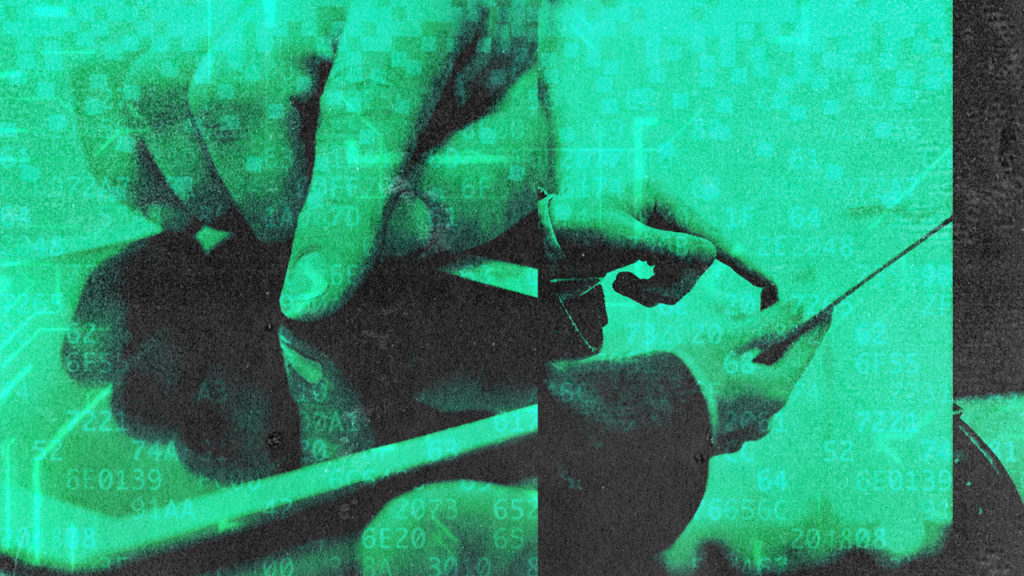Stuck at home during the coronavirus pandemic, people have been forced to live life online, resulting in a counterintuitive effect: a surge in social media usage but a drop in ad demand, inventory pricing and earned media values (EMV).
Preview data from the upcoming Ayzenberg Earned Media Value Index (a.EMVI) indicates significant pandemic-related decreases across all measured platforms, in the 18-40 percent range for key metrics including VPM (value per thousand impressions), VPV (value per view) and value for various engagements (comments, likes and shares).
According to Vincent Juarez, Ayzenberg CMO and a.EMVI author, the trend was first identified in preliminary analysis of the healthcare, gaming and consumer electronics verticals. The trend is expected to carry over to the retail, automotive, travel and other key verticals his team is currently evaluating.
Depending on the specific industry vertical, earned media actions and actual social content engagements could be higher than ever, especially with content related to the current pandemic. However, values are down because paid social inventory is more readily available in the auction-based pricing system. “It’s basic economics: An over-supply of inventory, coupled with a drastic drop in marketing budgets and inventory demand, made the price drop inevitable,” Juarez tells us.
Given the pandemic’s volatility, Ayzenberg’s findings could shift in the coming weeks. What isn’t changing is the rate at which brands are slashing ad budgets, thereby further affecting EMV.
Due to the COVID-19 pandemic, eMarketer lowered its 2020 global ad spend forecast from $712 billion to $691.7 billion. On earnings calls, brands across many different sectors have called out reductions in marketing spend while others implied marketing budgets will remain unchanged. Uber, for example, said in a period of just two weeks it will have pulled back $150 million in incentives and marketing. In addition to pausing all hiring, Zillow has paused most marketing spend. Darden Restaurants, Marriott and Williams-Sonoma have also dramatically reduced ad spend.
On the other hand, Slack will continue running ad programs and marketing programs while General Mills’ cited brand building as a long-term investment with plans to continue building its brand “in appropriate ways.”
Social media usage is soaring as people seek out ways to stay connected. New data from Kantar revealed WhatsApp saw a 40 percent increase in usage. The Facebook-owned app has grown by 51 percent in countries already in the later phase of the coronavirus crisis.
Still, the rise in social media usage has been offset by a decline in EMV on top paid platforms like Facebook and Instagram, in part due to platforms giving users more control over ads. For example, Facebook rolled out tools to allow users to stop seeing ads based on advertisers’ Custom Audiences. It also introduced a new tool that let users reduce the number of political and social issue ads they see. The platform decided against ads in WhatsApp Status, the app’s version of Instagram and Facebook stories.
“We’re seeing that values are going down on some channels because advertisers are pulling out and saving their money. But usage of these platforms is up significantly. That’s why you’ll see depressed ad spend in most of the social platforms’ forecasts,” Ayzenberg associate director of marketing science Piotr Urbanski tells us.
According to an Interactive Advertising Bureau (IAB) survey of US media planners, buyers and brands, digital ad spending in the US is projected to drop by 33 percent between March and June. While travel and leisure, experiential and the automotive industries grapple with the financial burden from coronavirus, gaming is seeing newfound growth. For March Twitch reported a 20 percent boost in traffic, or 1.1 billion hours watched. Consumers’ natural propensity to start gaming has led some marketers to cut advertising.
“The increased demand for home-based entertainment, streaming, connected TV services and gaming are ‘givens.’ What isn’t a given is how marketers in verticals such as gaming are going to react. Will they increase ad budgets to chase demand or cut back and rely on organic demand, owned channels and earned media to further justify budget cuts? It’s a fine line based on survival vs. being overly opportunistic and risking backlash during this unprecedented social crisis,” Juarez says.
Ayzenberg is currently updating the a.EMVI to reflect changes in Q2 2020 with the coronavirus pandemic in mind.
Created in 2016, the a.EMVI provides marketers with an industry-standard resource for valuing engagement and earned media on top social platforms.
If you’re interested in seeing how your social campaigns stack up, a.network developed the Social Index tool with the goal of becoming the industry standard for measuring earned media value (EMV) and campaign ROI.
Social Index 2.0 leverages a combination of expert analysis, machine learning algorithms and vast amounts of proprietary and public data. The index helps brands and agencies take engagement and earned media ROI measurement to the next level.
For more information: https://earnedmediavalues.com/


